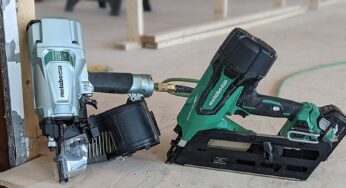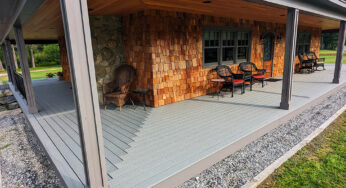Winter Window Condensation Problems
If you live in a cold part of the country you are familiar with condensation and ice forming on the inside of windows. This problem is becoming more prevalent with new home construction due in part to the increased insulation and “tightness” of the houses. As the temperatures continue to drop outside I receive lots of inquiries about window condensation.
Condensation and ice form on windows because the window surface is below the dew point for the air near the window, so some of the moisture in the air condenses on the glass. The higher the relative humidity of the air near the window, the higher the temperature of the dew point. Basically there are two ways to prevent this from happening. The first is to reduce the relative humidity in the house and the second is to increase the temperature of the window glass.
Reducing the relative humidity is the most effective way of reducing window condensation. Make sure that exhaust fans are vented properly and in good working condition. Bathrooms, dryer vents and kitchen vents are the biggest culprits for introducing increased humidity inside the home. Proper venting is crucial because today’s homes have been insulated so well that there is no way for the additional moisture to escape. To be effective the relative humidity must be dropped to a minimum of 40%.
Increasing the temperature of the window is a bit more challenging. For starters make sure window curtains and blinds are opened during the day to let in sun and also to allow air movement to help dry things out. By opening curtains and blinds you’re also allowing the warmer air from the room to warm up the window.
If you take these steps and have good quality windows the condensation and ice should go away. For additional information contact the manufacturer of your windows or check with your local building supply company.
window condensation
window ice
home improvement
window performance
Recent Posts
Framing Stick Nailer vs Coil Nailer
Which is Better a Stick Nailer or Coil Nailer? Framers have many choices in nailers…
How Many Roofing Nails Per Square of Shingles
Estimating How Many Nails for a New Roof When it comes to estimating materials for…
Composite / PVC Decking – Layout Tips & Advice
Composite / PVC Decking Layout Tips and Advice Composite and PVC decking have really changed…
Benefits of an ERV System (Energy Recovery Ventilator)
Benefits of ERV Systems (Energy Recovery Ventilator) If you're building a new home or doing…
Vermiculite Attic Insulation Abatement
Vermiculite Attic Insulation If your home was built before 1990 there is a chance it…
Nuisance Tripping of AFCI (Arc Fault) Circuit Breakers
Arc Fault (AFCI) Circuit Breakers Tripping Often An arc-fault circuit interrupter (AFCI) or arc-fault detection…


